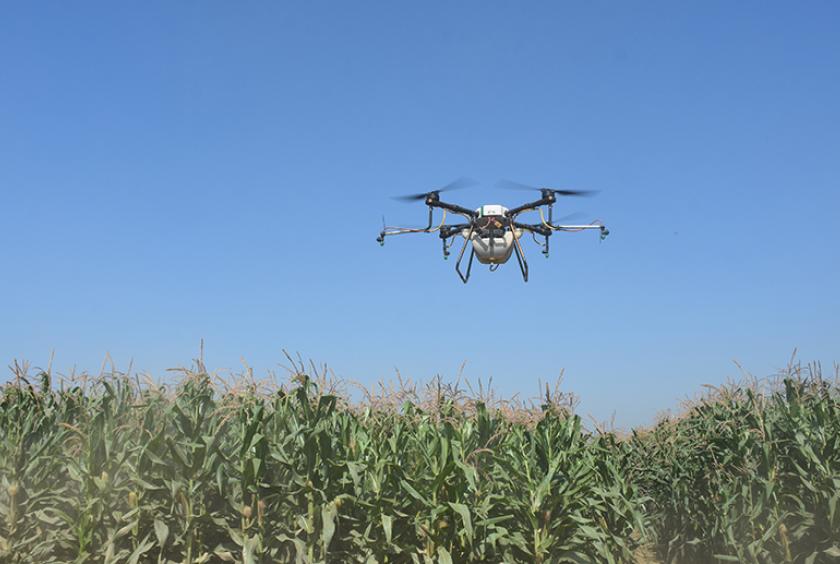
Building a 5G network involves several critical steps and considerations across various domains, including planning, infrastructure development, technology deployment, and regulatory compliance. Here’s a detailed breakdown of the process:
1. Planning and Design – Coverage Requirements: Assessing the geographic area to determine where coverage is needed, which may involve analyzing user density, existing infrastructure, and anticipated growth.








– **Network Design**: Creating a blueprint for the network, including the types of cells (macro, micro, pico, small cells) and their locations based on propagation models and coverage maps.
– **Frequency Selection**: Deciding which frequency bands to use (low-band, mid-band, high-band) depending on the specific use cases, coverage needs, and regulatory constraints.
### 2. **Regulatory and Compliance**
– **Permits and Approvals**: Securing permits from local governments and other regulatory agencies for the construction and operation of new towers or small cells.
– **Environmental Assessments**: Conducting assessments as required by law to evaluate potential impacts on the environment and surrounding communities.
– **Public Consultation**: Engaging with community members to address concerns about health, aesthetics, and disruption during construction.
### 3. **Infrastructure Deployment**
– **Site Acquisition**: Identifying and acquiring land or leases in urban, suburban, or rural areas for tower construction or small cell installation.
– **Tower Construction**: Building new transmission towers or upgrading existing ones to support 5G technology, which often has different spatial and operational requirements compared to 4G.
– **Backhaul Connectivity**: Establishing high-capacity backhaul connections (often through fiber optics) to connect the radio access network to the core network to handle increased data traffic.
### 4. **Network Components**
– **Radio Access Network (RAN)**: Installing base stations, antennas, and other radio equipment to create the “last mile” connection to mobile devices. This includes both traditional macro cells and small cell deployments.
– **Core Network**: Implementing a robust core that supports advanced features of 5G, such as Network Slicing, which allows for customized virtual networks catering to specific applications or user needs.
– **Edge Computing**: Incorporating edge computing solutions to reduce latency by processing data closer to where it is generated.
### 5. **Testing and Optimization**
– **Network Testing**: Conducting extensive field testing to ensure coverage, performance, and reliability meet standards before going live. This includes drive tests to measure signal strength and quality.
– **Optimization**: Fine-tuning the network based on testing results to improve performance, enhance user experience, and troubleshoot any issues.
### 6. **Deployment and Launch**
– **Phased Rollout**: Implementing the network in phases to manage resources, funding, and logistics effectively. Often started in high-demand areas before expanding to additional regions.
– **User Education and Support**: Informing customers about new services and devices compatible with 5G technology, as well as providing support for early adopters.
### 7. **Maintenance and Upgrades**
– **Regular Maintenance**: Performing ongoing maintenance and upgrades to infrastructure to ensure optimal performance and reliability. This can include software updates and hardware replacements as needed.
– **Monitoring and Management**: Utilizing advanced network management systems to monitor network health, diagnose issues, manage traffic, and ensure quality of service.
### 8. **Future Expansion and Scaling**
– **Scalability Plans**: Planning for future expansion to accommodate increasing user demand and potential new technologies that could leverage 5G infrastructure.
– **Integration with Emerging Technologies**: Exploring opportunities to integrate 5G with IoT, smart cities, AI, and other future technologies to create innovative applications and services.
### Conclusion
Building a 5G network is a comprehensive endeavor that requires careful planning, regulatory navigation, infrastructure development, and ongoing maintenance. By addressing these key aspects, telecom operators can create a robust and scalable network capable of supporting the diverse applications and demands of modern wireless communication.


Leave a Reply